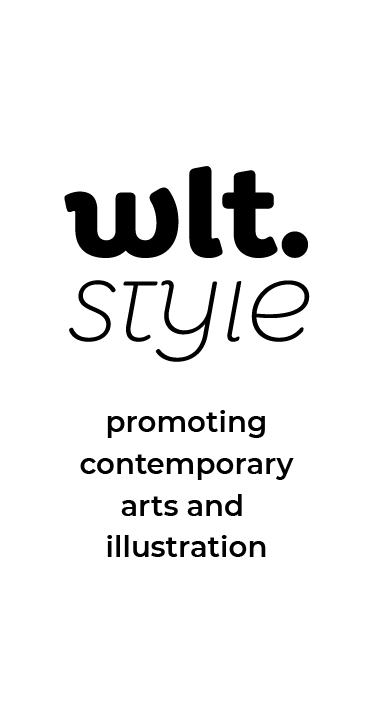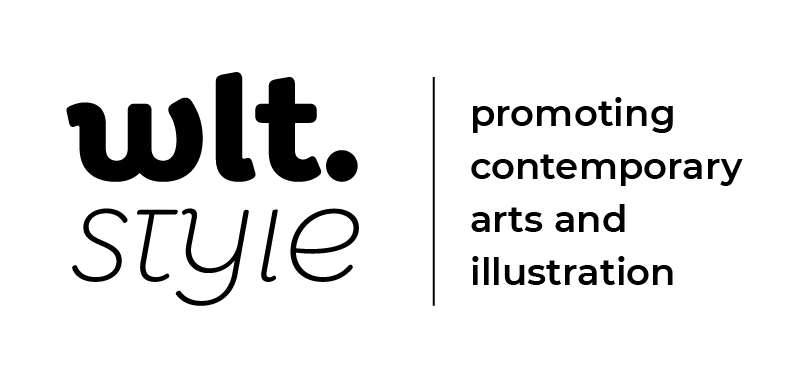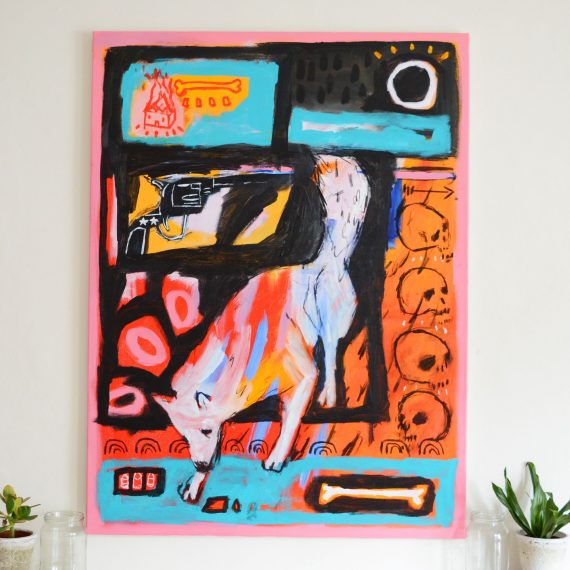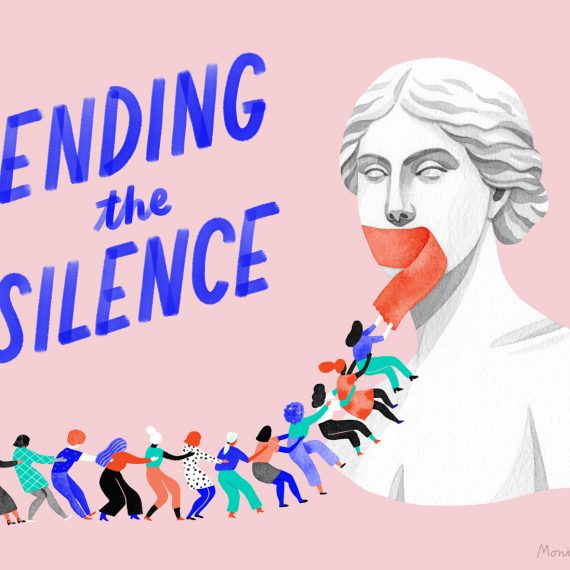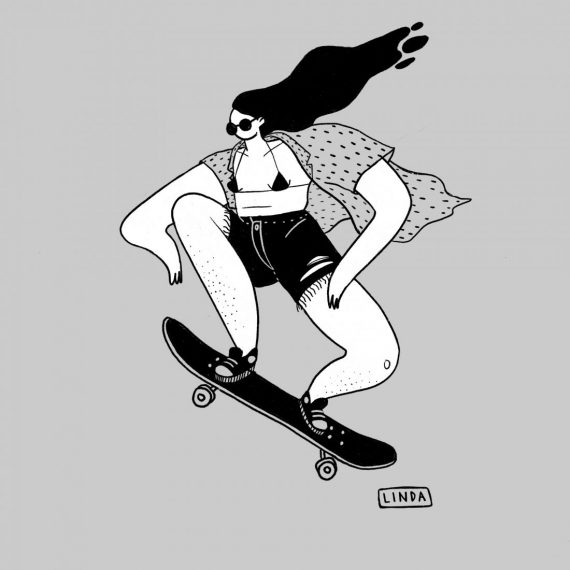Aydin Hamami

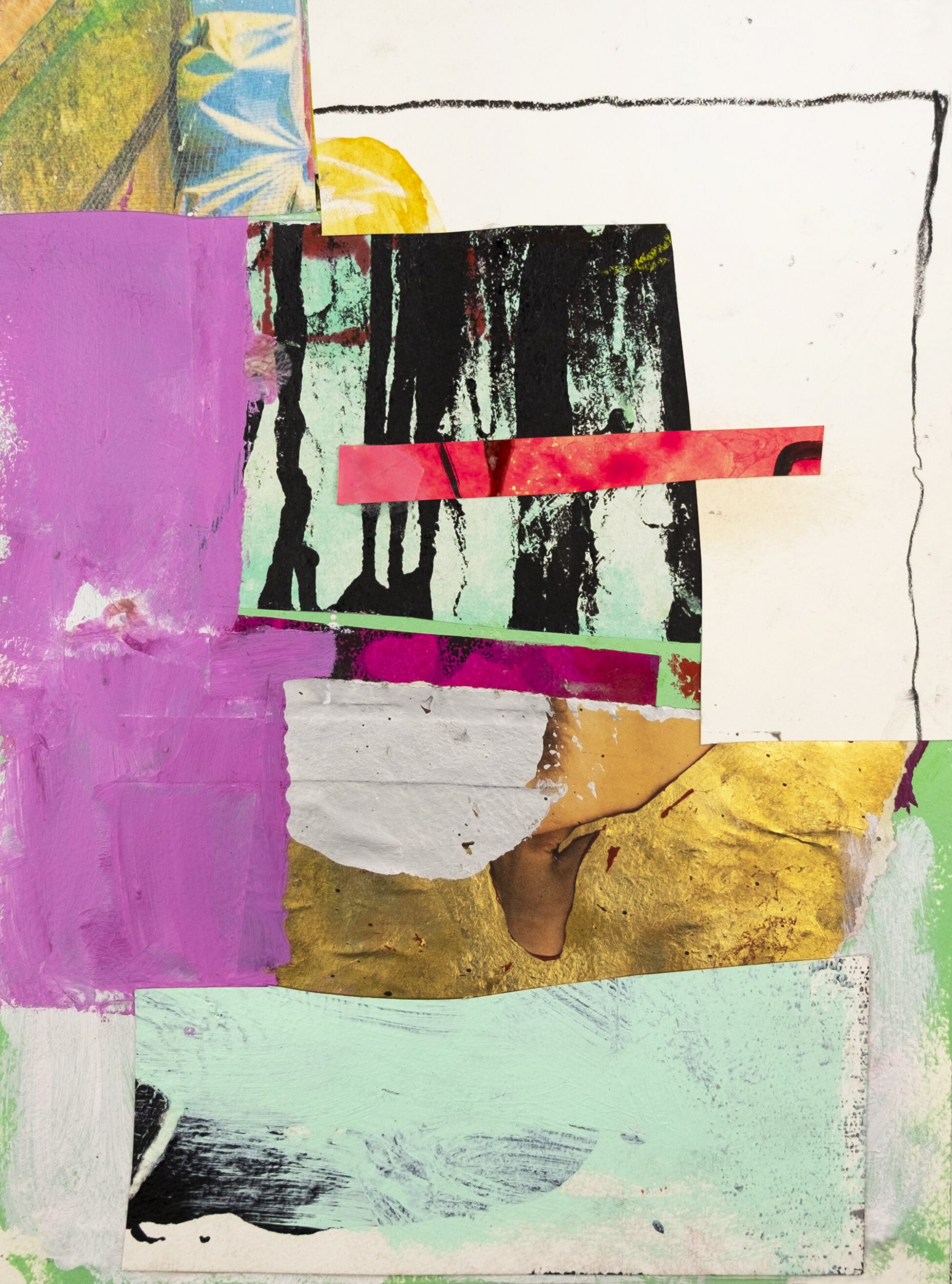


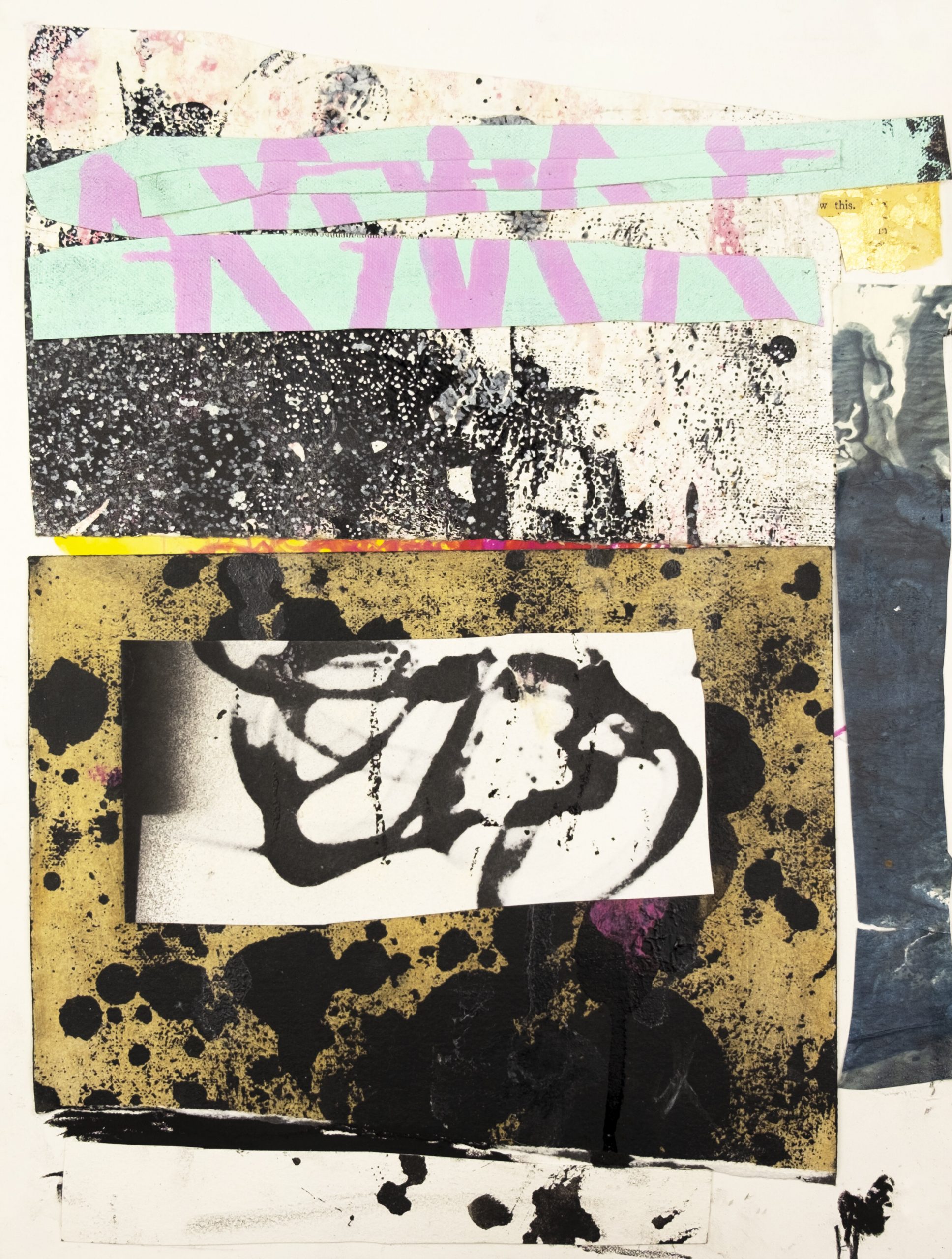

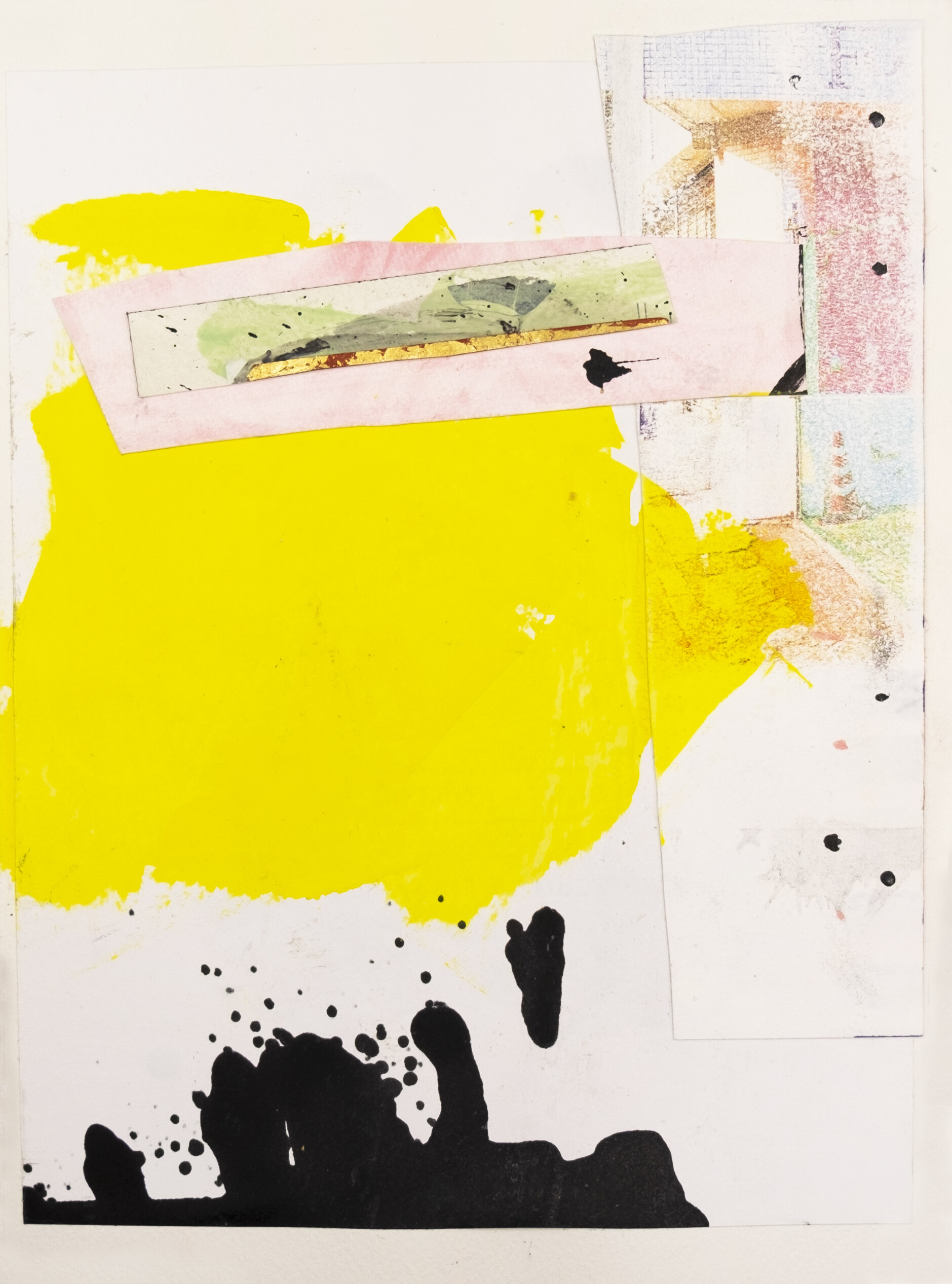

Category
collage, paintingAydin Hamami is a Turkish-American artist, currently living in Los Angeles. He holds a BFA from Pratt Institute, a post-baccalaureate degree from Maryland Institute College of Art, and an MFA from The University of Maryland. His work is shown all over the U.S. as well as in Tokyo and Istanbul.
Hamamis recent body of work is striking, vibrant, full of energy and diversity. I can feel the power of U.S.-West-Coast Vibes pulsing through my body just by looking at these paintings – and I just can’t get enough of it. I therefore am very happy that Aydin took the time to answer the four questions I sent to him:
Looking at your recent work I see layers of paint, pastel, photographs and paper, I see patters competing with gestural strokes, straight edges contrasting rough brushes, order accompanied by chaos – I feel like witnessing an ongoing act of reorganization. Of what importance is the state of uncertainty for your work?
In Buddhist practice, there is an idea that suggests things as we perceive them occur in a constant state of impermanence, fluctuating from one moment to the next. I think that, typically, this moment-to-moment fluctuation is where I try to exist within my studio, and that’s where the uncertainty comes into play. The work I’m doing right now is essentially about dismantling and reconstructing all these pieces and materials that I’ve been traveling around with for the last few years and finding some new connections between things that were previously pretty disparate elements. The way that those elements are able to come together is a pretty exhilarating experience for me, since a lot of my process involves chopping up old images and reorganizing them until that moment at which they come together to reveal themselves as a new, whole composition. If you could see the interior of my studio, you’d see where the chaos aspect comes into play – sometimes it feels like I’m sifting through garbage to find something of value. The really gratifying aspect of that, though, is that I am never sure what that thing of „value“ is until I come across it, and then it’s entirely dependent on what I’ve been working on the moment prior. Sometimes I’ll have some scrap of something floating around my studio floor for weeks, just to realize one day that it is the missing piece to a puzzle that I’ve only just conceived.
In your artist statement on saatchi art you describe your art dealing with issues of „urban-mythology, displacement, otherness and the idea of „home‘“. Where do you feel at home these days?
That’s actually a question that I’ve been asking myself for a while! In the past three years, I’ve lived in New York City, Tokyo, Los Angeles and in a cabin on a mountaintop. I think what I’ve learned from that is that „home“ is less about place and more about a state of being. Especially right now, when, for many people around the world, the word „home“ is becoming more associated with words like „isolation“, I think it’s more important to reflect on what state of being is the most conducive to individual satiation, however you want to define that. When I’ve referenced „home“ in my work, I think it’s been more tied to the idea of belonging than anything else. So, in that sense, I guess you could see it as tied to place, but I tend to see that as more related to somehow finding a satisfying sense of existence.
In your earlier body of work your art focused on monumental pieces in black, white and gold and the Washington Post saw your work in alignment to Rothko and Newman. Nowadays your formats are smaller, screaming in bold colors and telling stories of street art. Would you say, that the changing looks and feels in your work rather follow an outer influences or inner developments?
I think when I was younger, I really struggled with finding a way to justify exactly what it was that I was doing, and when I look back at the work I was making five or six years ago, I still see a lot of the trappings of that way of thinking. Even now, it’s hard to shake some of that. I think my work began to shift when I allowed myself to become a little less critical of my own work, but maybe a little more conscious about why I was doing what I was doing. It seems to me that somewhere along the line, I’d somehow developed this kind of elitist attitude of „this is right, that’s wrong“, especially when It came to my own work, which in retrospect was pretty ridiculous, especially because it boxed me in so severely. Richard Diebenkorn said, „if you get an image, try to destroy it“, and I’ve always really loved the spirit of that sentiment, but it really took a lot for me to embrace it in my own work. Probably the best thing for my practice was, ultimately, giving up my studio space a few years ago. It really allowed me to think about my work in a much more immediate way, and not get so caught up in creating these big, traditionalist pieces. I have a studio again, and I still work on a large scale from time to time, but I’m lucky to have learned that lesson in the value of spontaneity.
As someone who always had big troubles letting go and embracing the rough edges and loose ends, do you have an advice for people like me, how to best channel our inner anarchist?
All I can say is trust your instincts. I don’t mean that in a kind of trite, idiomatic bumper-sticker kind of way. We are, pretty much from birth, encouraged to operate within the parameters of someone else’s metrics, and so it’s pretty easy to begin to judge ourselves against those same parameters, and so the idea of „self-trust“ becomes more like „how closely do my actions equate to what I’ve been told is the right way of doing things“. When things get messy and start falling apart, our tendency is to try to put them back into a system that we’ve been given, which can cause a lot of anxiety on our part, since no one system could possibly work for everyone. The challenge is to create your own system.
_________________
Find more of Aydin Hamami’s work
- On his website: aydinhamami.com
- On his Saatchi Account: saatchiart.com/aydinhamami
- On his Instagram: instagram.com/aydinhamami
- Tricera: tricera.net/artist/8100828
Find press articles with and about Aydin at
And if you still can’t get enough of him, you might even see him in the 2019 Thriller „Little Lamb„, that he co-starred and co-produced.
